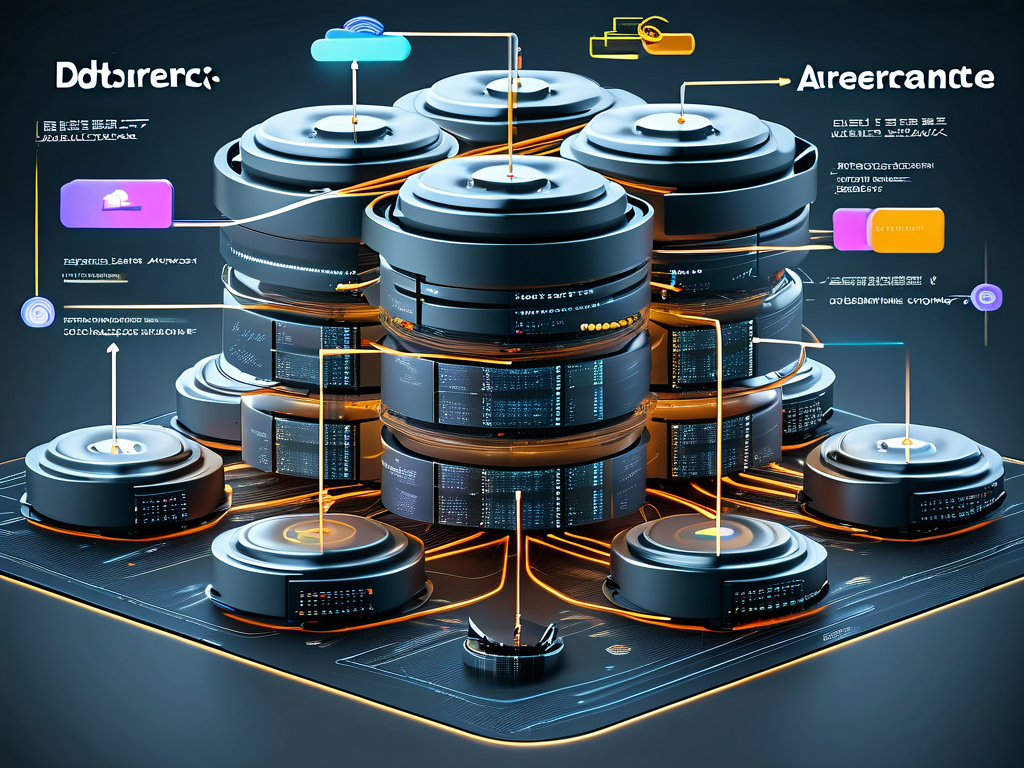In today’s data-driven world, the exponential growth of digital images demands efficient retrieval systems. Distributed retrieval architectures have emerged as a critical solution for managing large-scale image databases while ensuring speed, scalability, and reliability. This article explores how distributed systems enhance image search capabilities, their core components, and practical applications.

The Need for Distributed Systems in Image Retrieval
Traditional centralized systems struggle to handle the volume and complexity of modern image data. With millions of high-resolution images uploaded daily—from social media platforms to medical imaging databases—centralized servers face bottlenecks in processing queries, storing data, and maintaining uptime. Distributed architectures address these challenges by decentralizing workloads across multiple nodes, enabling parallel processing and reducing latency.

Core Components of Distributed Image Retrieval
- Node Clusters: Distributed systems rely on clusters of interconnected nodes, each responsible for storing and processing subsets of image data. For example, a cluster might partition images based on metadata (e.g., timestamps, geolocation) or content-based features (e.g., color histograms, object recognition tags).
- Sharding and Replication: Data sharding divides the image database into smaller chunks distributed across nodes, improving query efficiency. Replication ensures redundancy, safeguarding against data loss and enabling failover during node failures.
- Query Routing: Intelligent routing algorithms direct search requests to the most relevant nodes. Techniques like consistent hashing or machine learning-based predictors optimize this process.
- Caching Mechanisms: Frequently accessed images or metadata are cached locally on edge nodes to reduce network overhead and accelerate response times.
Advantages Over Centralized Systems
- Scalability: Adding new nodes to a distributed system is seamless, allowing organizations to expand storage and processing power without downtime.
- Fault Tolerance: If one node fails, replicated data on other nodes ensures uninterrupted service.
- Performance: Parallel processing across nodes reduces query latency, even for complex searches involving neural network-based image recognition.
Real-World Applications
- E-Commerce Platforms: Retailers like Amazon or Alibaba use distributed architectures to power visual search tools. Users can upload product images to find similar items, with results generated in milliseconds by distributed GPU clusters.
- Healthcare Imaging: Hospitals leverage distributed systems to store and retrieve medical scans (e.g., MRI, X-ray) across departments. Replication ensures critical data remains accessible during network outages.
- Social Media: Platforms like Instagram employ distributed retrieval to manage billions of user-generated images. Content-based hashing and sharding enable efficient hashtag or facial recognition searches.
Challenges and Solutions
While distributed architectures offer significant benefits, they introduce complexities:
- Data Consistency: Asynchronous updates across nodes may lead to temporary inconsistencies. Solutions like eventual consistency models or distributed locks mitigate this.
- Network Latency: Geographically dispersed nodes can cause delays. Edge computing—processing data closer to users—reduces latency.
- Load Balancing: Uneven query distribution may overload specific nodes. Dynamic load-balancing algorithms, such as round-robin or weighted scheduling, optimize resource usage.
Future Trends
Emerging technologies are reshaping distributed image retrieval:
- AI-Driven Optimization: Machine learning models predict query patterns to pre-cache relevant images.
- Federated Learning: Training image recognition models across decentralized nodes without sharing raw data enhances privacy.
- Blockchain Integration: Immutable ledgers could verify image authenticity in distributed archives, crucial for copyright enforcement or forensic analysis.
Distributed retrieval architectures represent the backbone of modern image search systems, balancing speed, scalability, and resilience. As image data continues to grow, advancements in AI, edge computing, and decentralized technologies will further refine these systems. Organizations adopting distributed frameworks today position themselves to meet tomorrow’s demands—whether in e-commerce, healthcare, or beyond.









